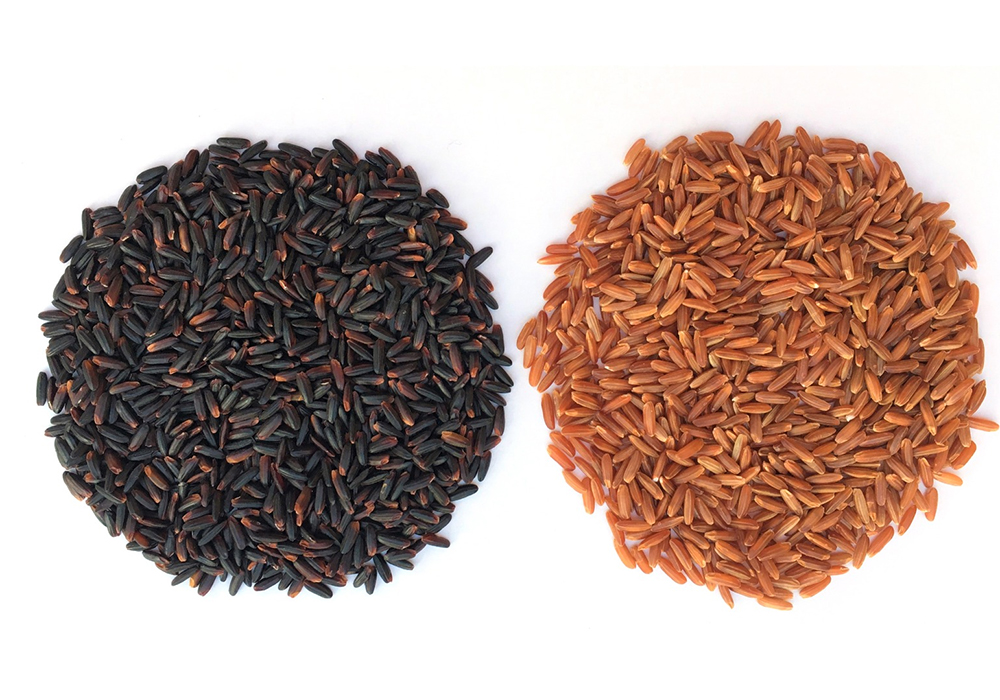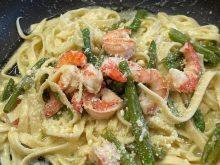In September, the U.S. Department of Agriculture said it is safe to grow and eat a new variety of tomato that is genetically modified and purple in colour.
Now, another purple food is being grown in North America — purple rice.
USDA scientists in Arkansas have developed and commercialized a purple rice, with an appropriately royal name — USDA Tiara.
The new variety is more colourful and healthier than white rice because its bran contains beneficial antioxidants. Typically, the bran layer is removed during the milling process for white rice, leaving behind only the starch. But the bran contains most of the nutrients in the grain, such as vitamin E, fibre and other vitamins.
Read Also

Fuel rebate rule change will affect taxes and AgriStability
The federal government recently announced updates to the fuel rebates that farmers have been receiving since 2019-20.
However, USDA Tiara is even more nutritious than brown rice.
“The pigments that are purple… are just like the pigments that you find in grapes and berries and different fruits and vegetables, and some of those compounds — tannins, flavonoids, and phenolics — have been shown to have antioxidant properties, which have a potential health-beneficial effect,” said Anna McClung, the USDA research geneticist with the Agricultural Research Service in Stuttgart, Arkansas who created USDA Tiara.
One of the pigments in purple rice are called anthocyanins, chemicals known for their anti-inflammatory properties and protecting the health of arteries.
Anthocyanins are also found in a purple and genetically modified tomato, which the USDA said can be grown in America in 2023.
Scientists at the John Innes Centre, in Norwich, England, first created the purple tomato in 2008. They used genes from a snapdragon flower, which act like an “on” switch in the tomato, kicking off a bio-chemical process that produces high levels anthocyanins in the flesh and skin of the fruit.
If U.S. consumers are looking for a double dose of anthocyanins, they could serve purple tomatoes with a side dish of purple rice.
In Japan and China, purple rice is often called black rice.
“In ancient China, black rice was considered so superior and rare, it was reserved exclusively for the emperor and royalty,” NPR reported in 2015. “Also known as forbidden rice, (it) has become the darling of gourmets and people seeking superior nutrition.”
A couple of decades ago, a Brazilian rice breeder recognized the potential of purple rice and “improved it through careful breeding,” the USDA stated.
McClung built upon that work and over a period of about 15 years, she enhanced the Brazilian rice cultivar and eventually introduced USDA Tiara.
North Americans can already buy purple rice, but it mostly comes from overseas. USDA Tiara will allow American rice farmers to produce a domestic supply of the healthy rice.
McClung has convinced several American farmers to try Tiara and another variety, called Scarlett, a red rice that she also developed.
One of those growers is Glenn Roberts, the founder of Anson Mills, a rice grower and miller in South Carolina.
“The flavour and aroma expression (are) infinitely… more attractive, and certainly more relevant…. You can taste the difference.”
Contact robert.arnason@producer.com
















